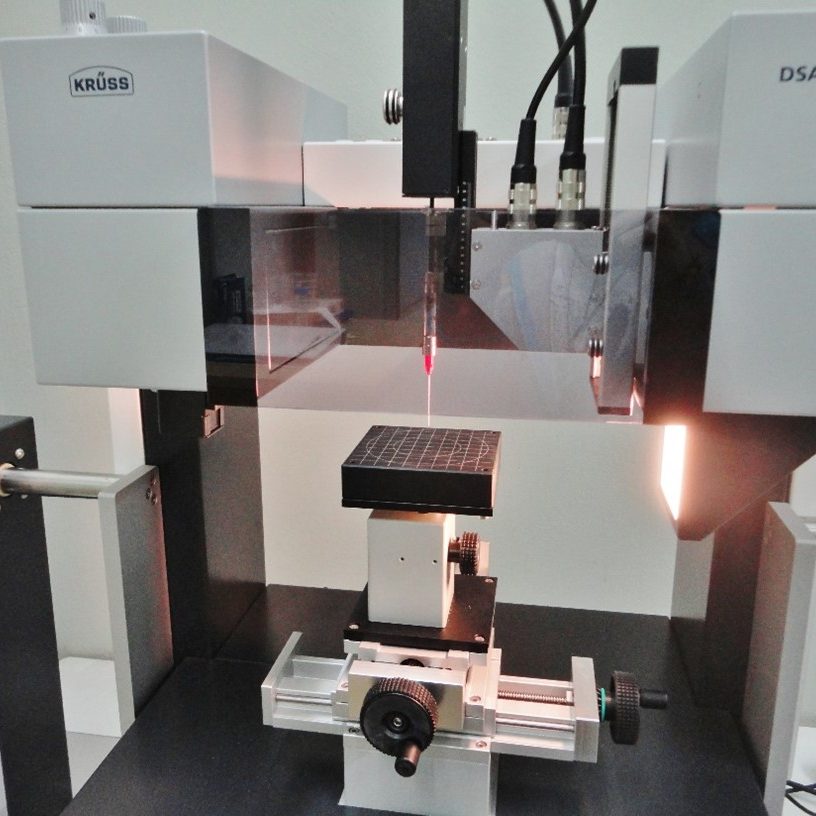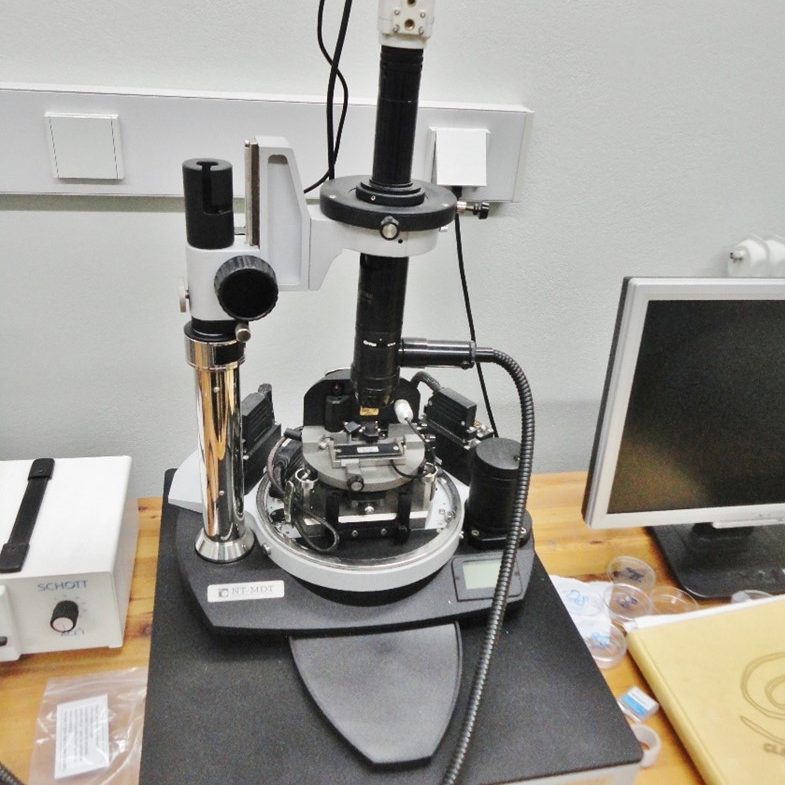The research in PTLUP aims at the development of plasma processes and equipment through understanding of the elementary process mechanisms. The strategy followed for the development of each process-material-application set is based on the use of plasma diagnostic techniques, combined with plasma-CFD modeling and correlated with material characterization techniques for achieving optimized material properties and yield.
Plasma Enhanced Deposition processes
Intrinsic a-Si:H and μC-Si:H thin-films for optoelectronic applications
Hydrophobic, hydrophilic and amphihpilic coatings (CFx, PEO-like, TiOx)
SiOx / SiOxCyHz thin films as barrier coatings (e.g. anticorrosive coatings, barriers for controlled drug release)
DLC coatings for biomedical application
Poly Acrylic Acid Films (Bio-Functionalisation)
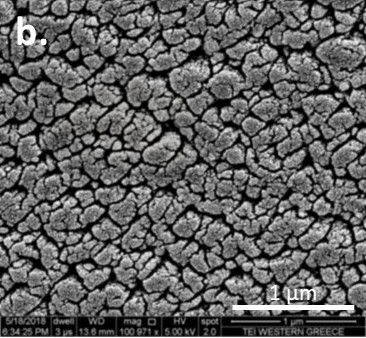
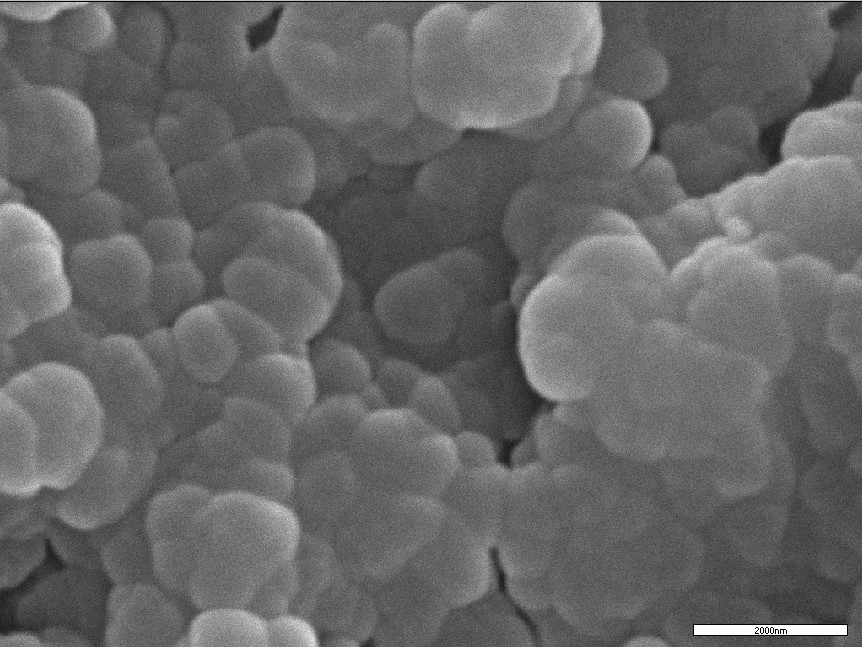
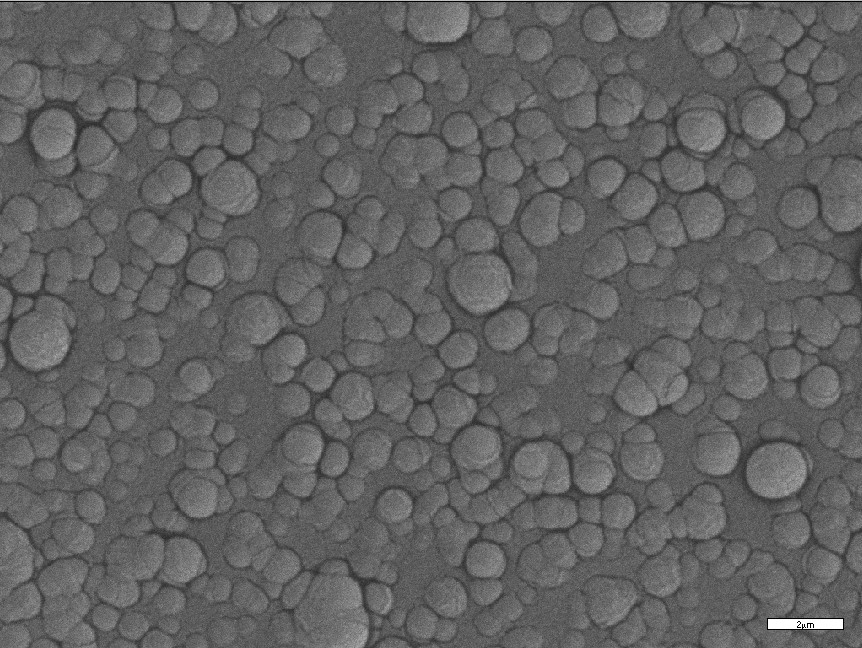
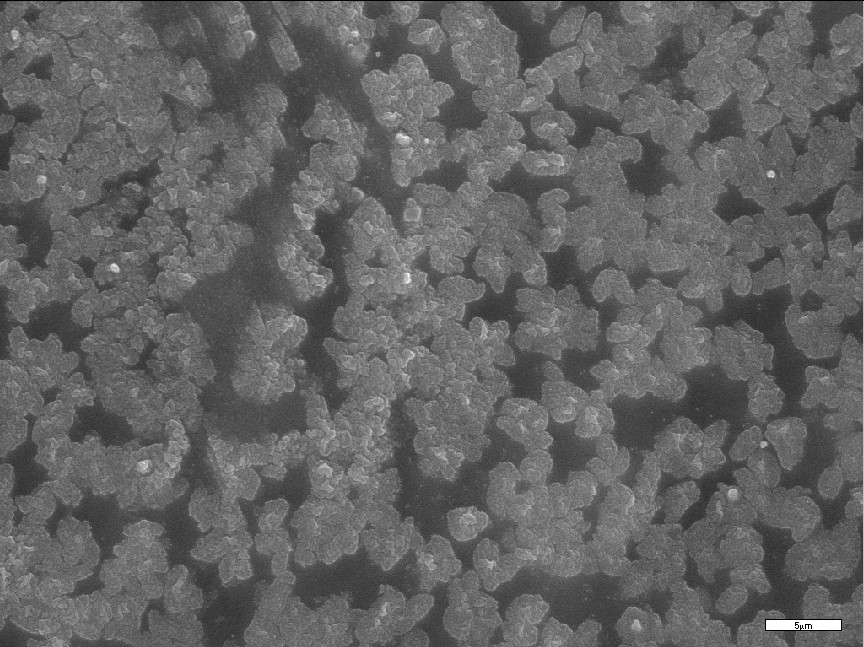
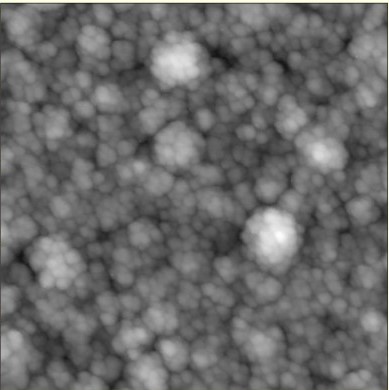

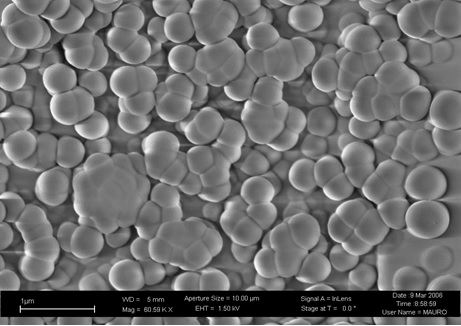
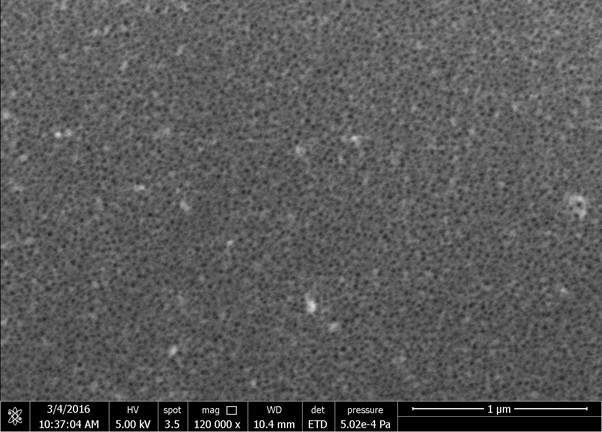

Applications of Atmospheric Pressure Plasmas
Surface Treatment
Plasma Medicine

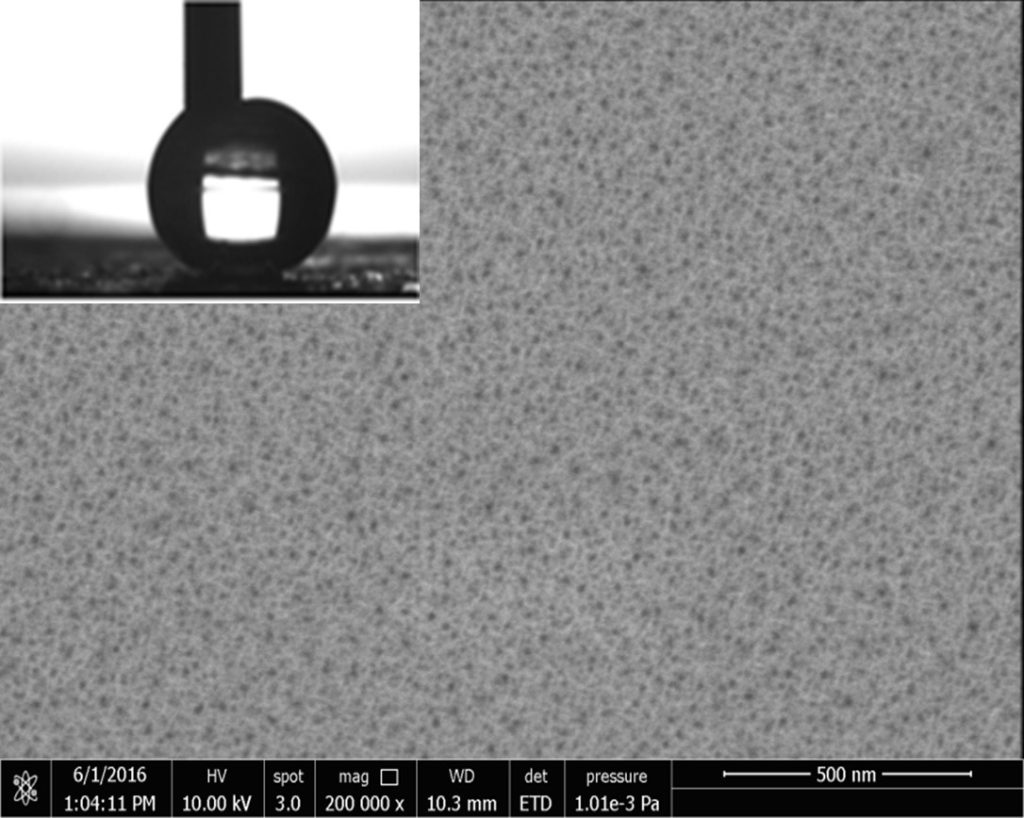

Plasmas in contact with/in liquids
Composites solvolysis
Liquid waste treatment
Bacterial deactivation
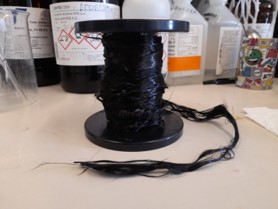
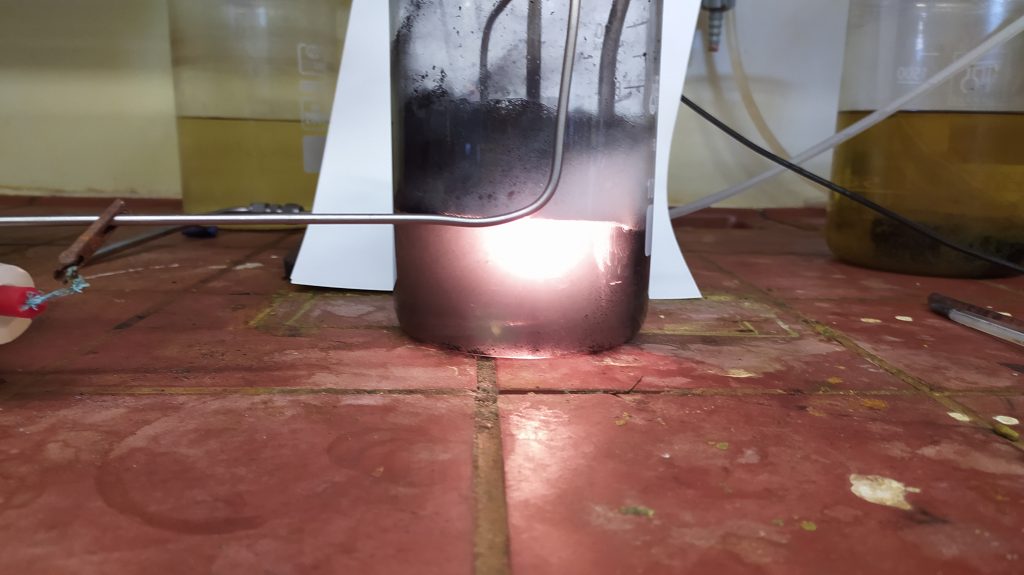
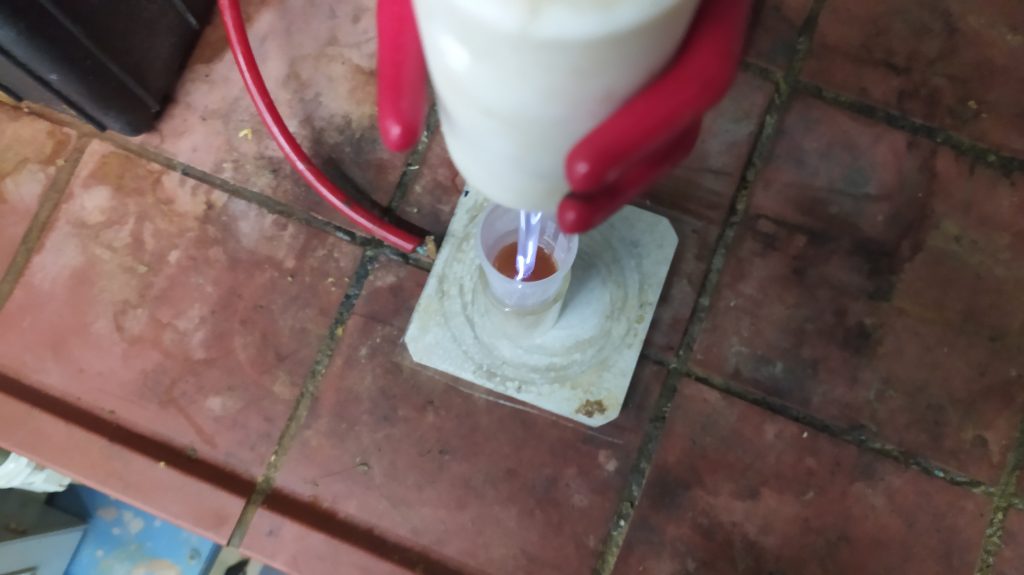
Design and Testing of different plasma sources
High Vacuum – Ultra High Vacuum RF Capacitively Coupled Reactors
High Density Plasma Reactors (inductively coupled, ECWR, hollow cathode)
Dielectric Barrier Discharges
Plasma Jets
Plasma in Liquids
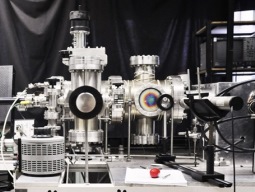
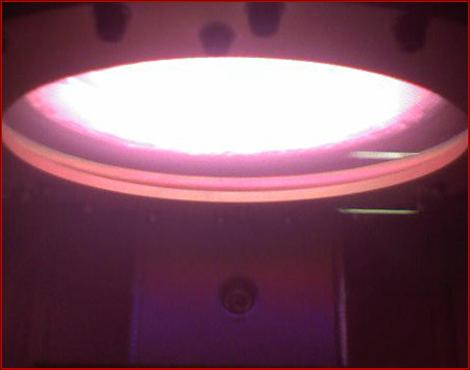
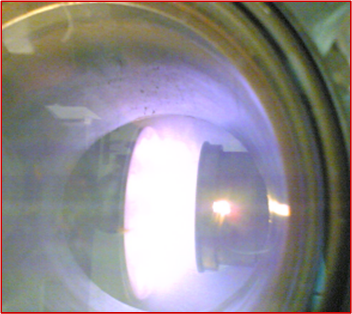
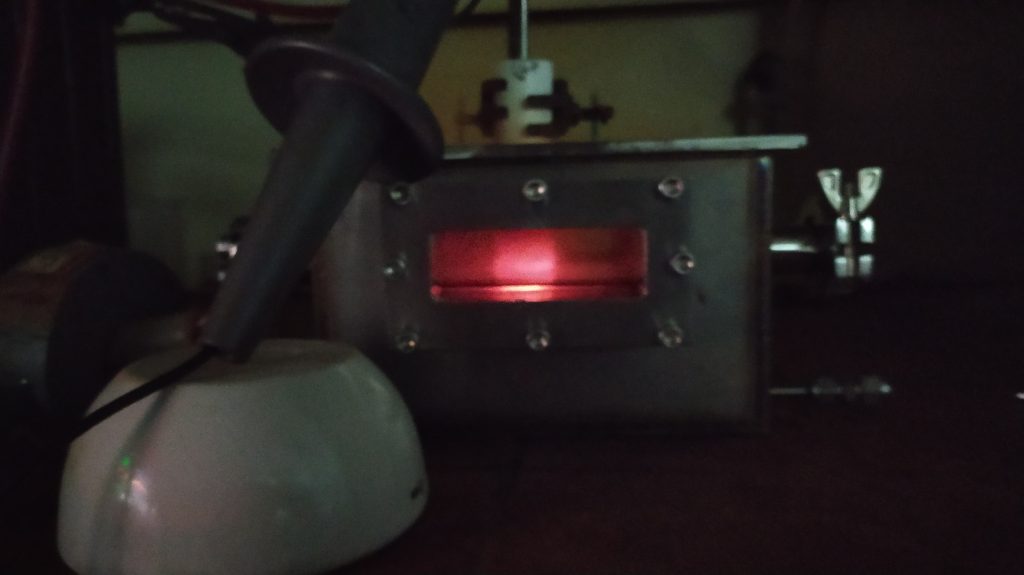
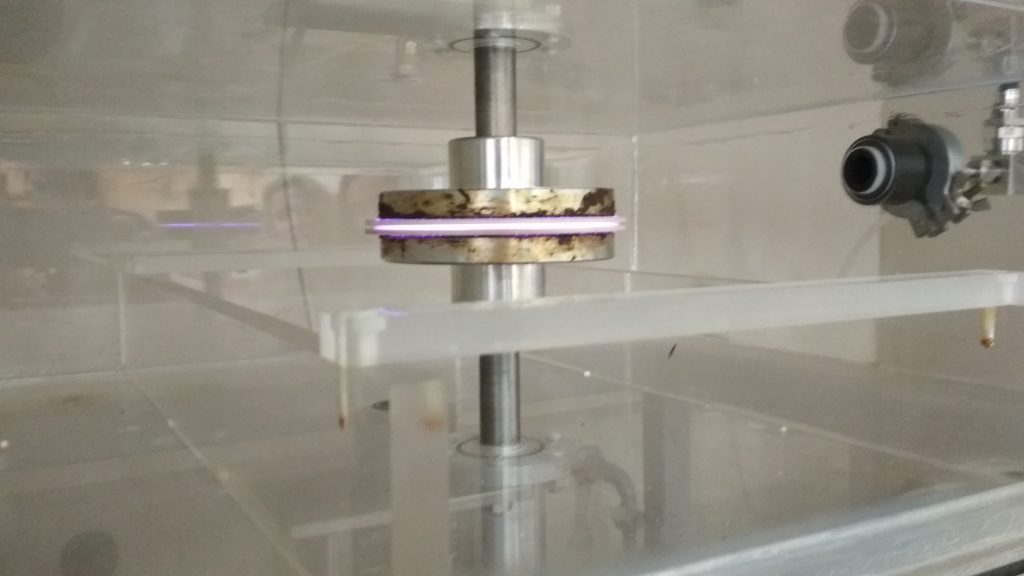
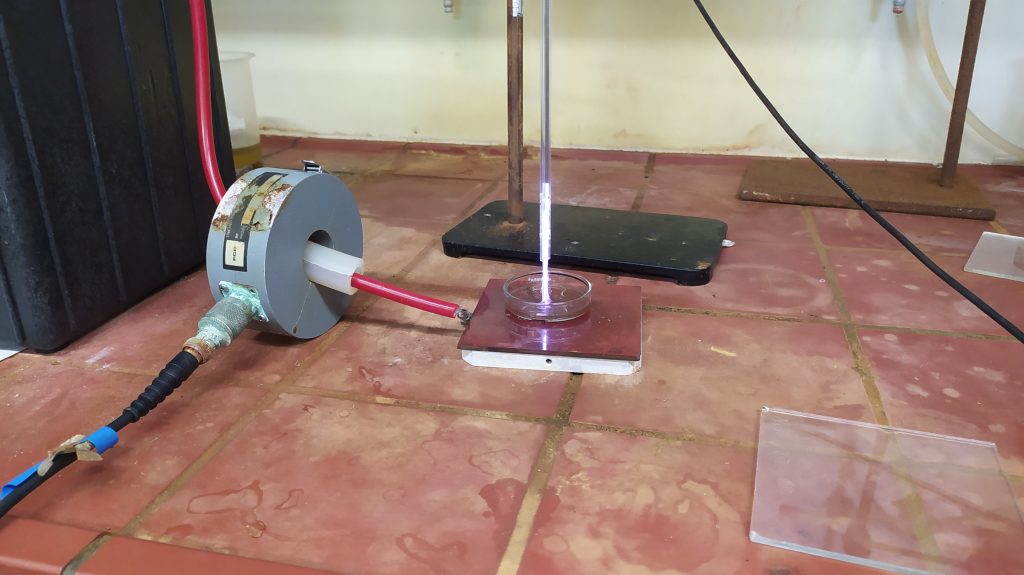
Plasma Diagnostics
Electrical Measurements
Plasma Imaging – Optical Emission Spectroscopy
Laser Interferometry
Mass Spectrometry


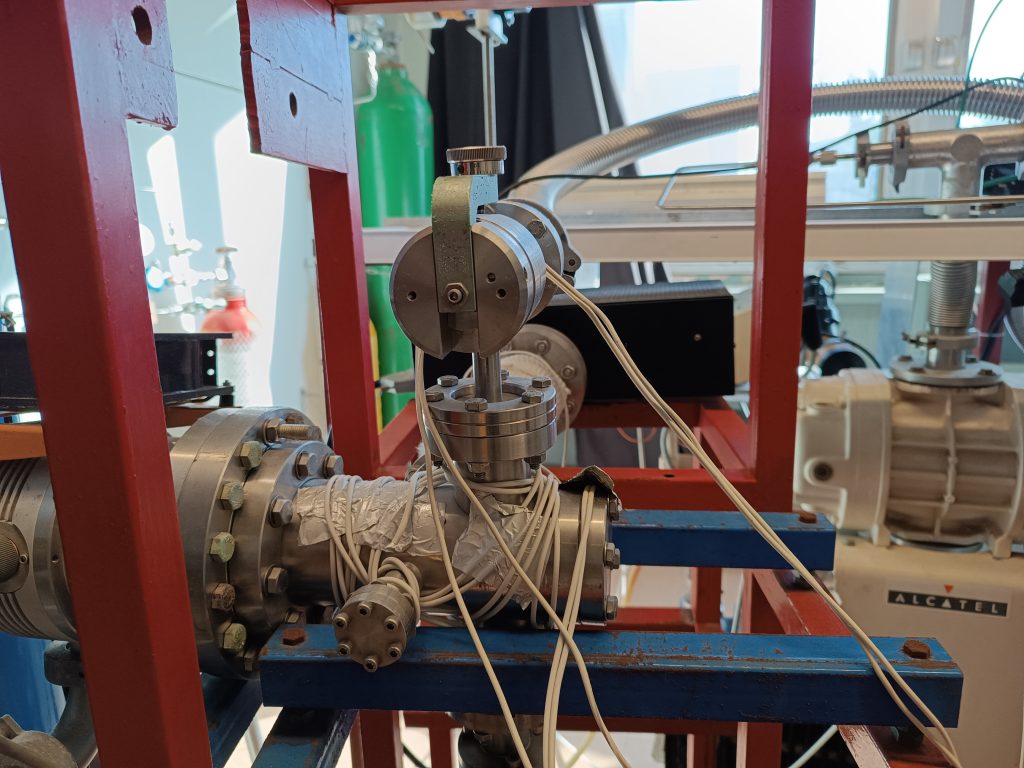
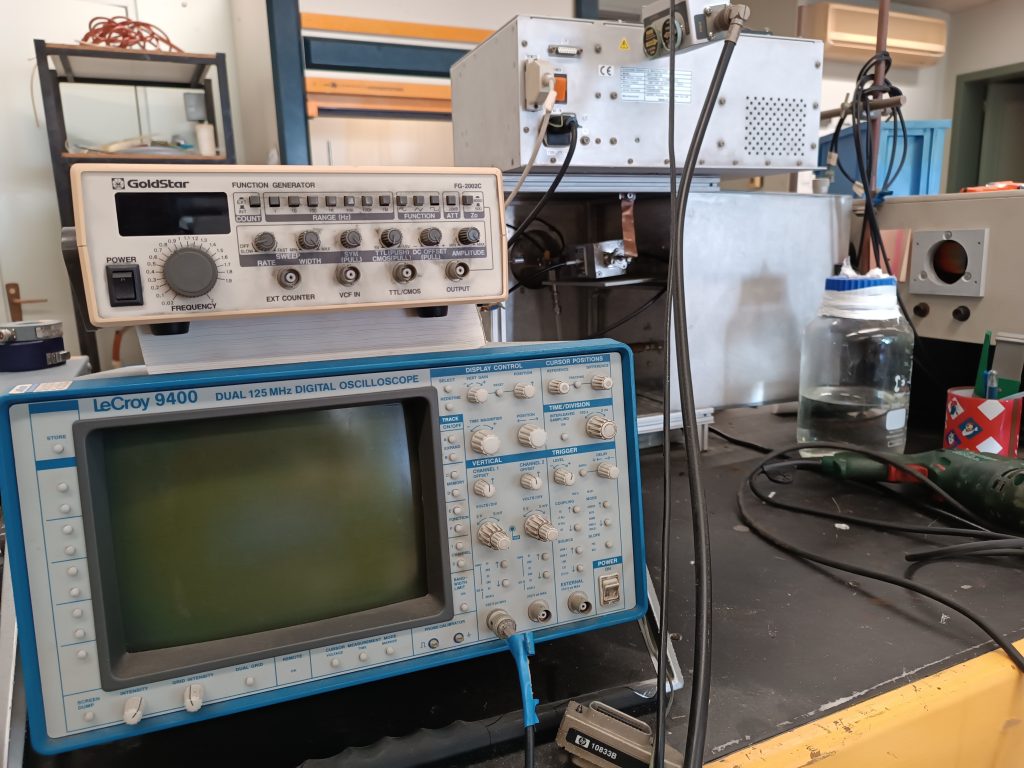
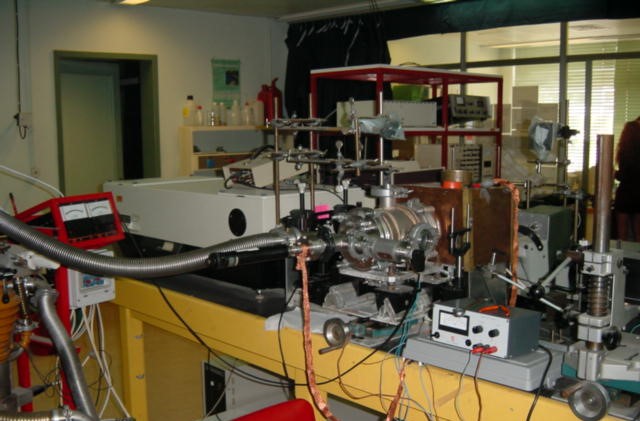
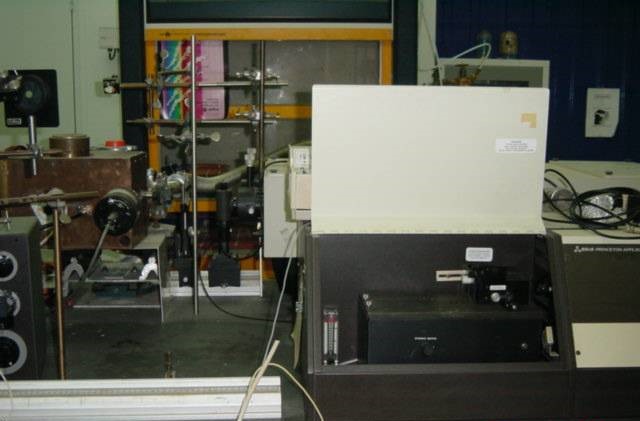
Simulation
2D/3D self consistent plasma modelling
EF simulation
Flow/heat transfer in plasma reactors
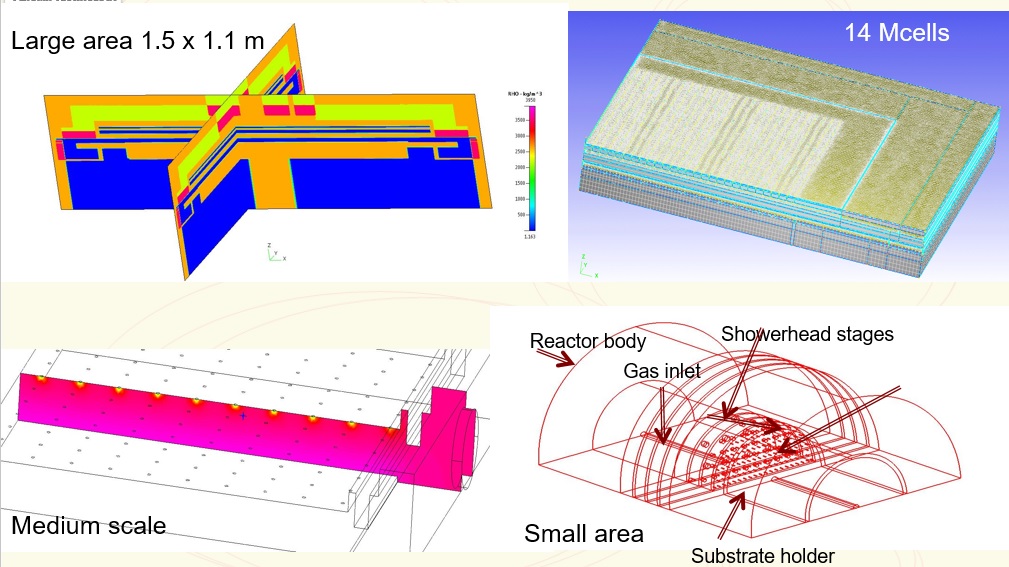

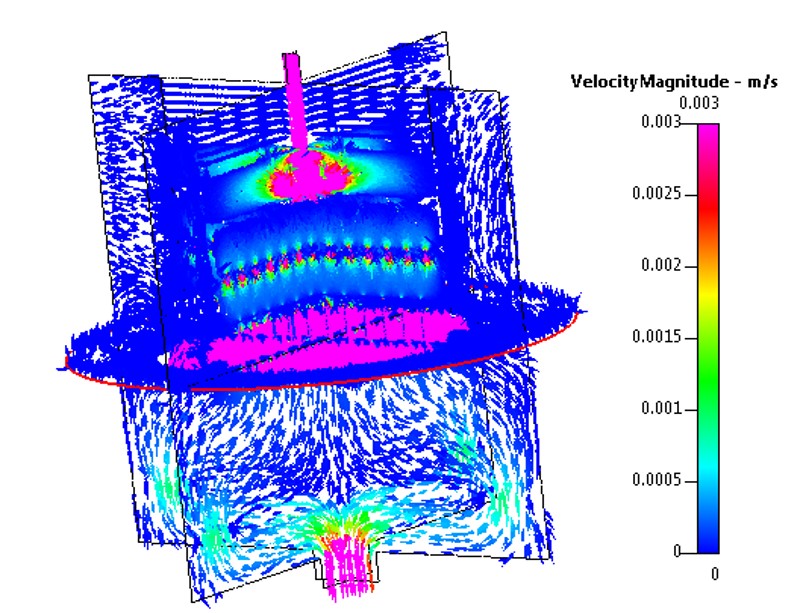
Materials Characterization
Contact angle goniometer
Scanning Probe Microscopy
